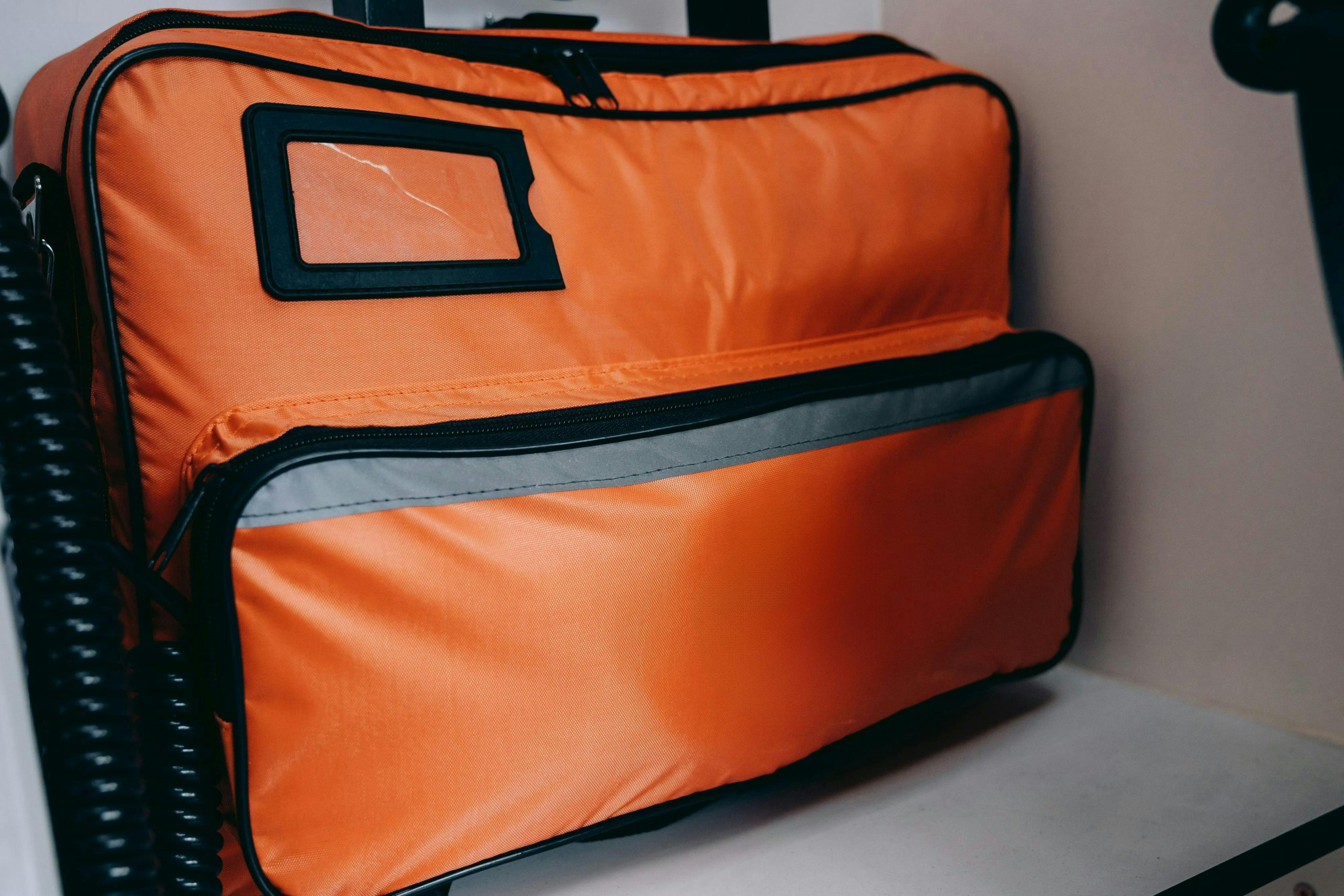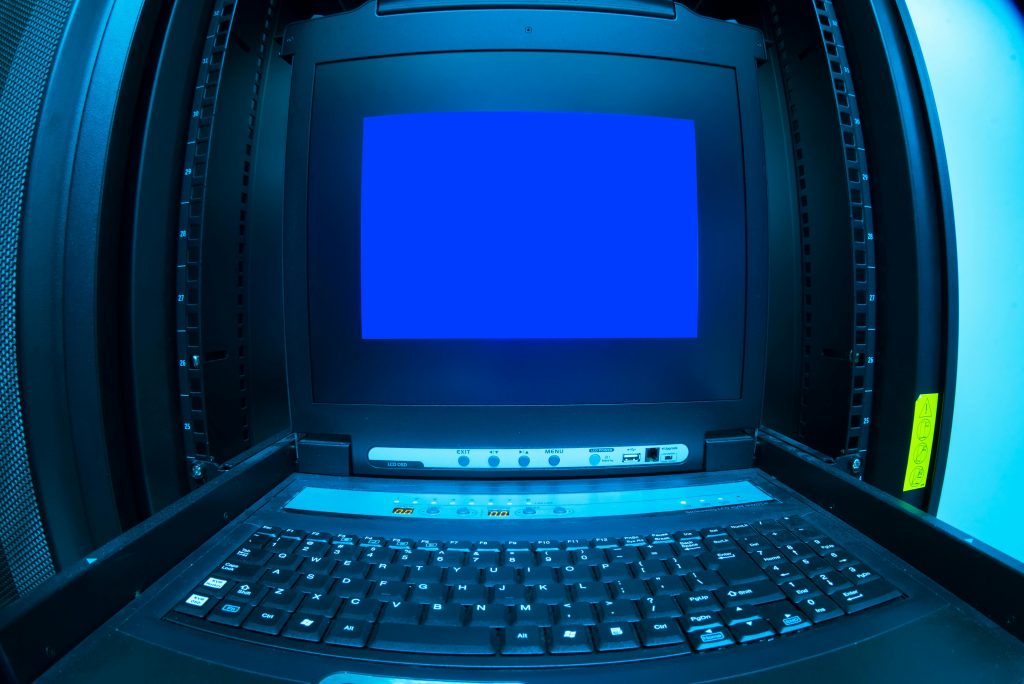Title: Troubleshooting M.2 SSD Detection Issues: “D:\ is not accessible. Incorrect function.” Error
Introduction:
Solid State Drives (SSDs) have become the preferred storage solution for their speed and reliability. However, users occasionally encounter issues where their SSDs are not recognized by BIOS or Windows, leading to potential data access problems. This post explores a common scenario where an M.2 SSD fails to be detected correctly, resulting in the error message “D:\ is not accessible. Incorrect function.” and provides practical solutions to diagnose and resolve the problem.
Understanding the Issue:
In this case, the user relies on an M.2 SSD as their primary boot drive. The system previously functioned normally, but suddenly, the PC boots into BIOS instead of the operating system. BIOS detection shows that the primary M.2 SSD is missing, although a secondary M.2 SSD in a different slot is recognized without issue. When the user attempts to connect the primary SSD via an external enclosure, Windows reports that the drive is inaccessible with an “Incorrect function” error.
Possible Causes:
- Connection or Hardware Issues:
- Loose or faulty M.2 connector.
- Damage or malfunction of the M.2 slot.
-
Power supply anomalies or short circuits.
-
BIOS Settings:
- Incorrect boot order.
-
BIOS not recognizing the SSD due to outdated firmware or misconfiguration.
-
Drive Corruption or Failure:
- File system corruption.
-
Physical failure of the SSD.
-
Software/Driver Problems:
- Driver issues preventing Windows from recognizing the drive.
- Partition table corruption.
Step-by-Step Troubleshooting:
- Hardware Inspection:
- Power off your PC and unplug it from power source.
- Remove the affected SSD carefully and inspect for visible damage.
- Reseat the SSD firmly into the primary M.2 slot.
- Try swapping the SSD into the secondary slot to determine if the slot is the issue.
-
Test the SSD in an external enclosure on another computer to verify drive functionality.
-
Check BIOS Settings:
- Enter BIOS/UEFI firmware setup during system startup.
- Verify that the M.2 slot containing your primary SSD is enabled.
- Ensure the drive is recognized in BIOS.
- Review and adjust boot priority settings to ensure the SSD is set as the primary boot device.
-
Update BIOS firmware if necessary to improve compatibility.
-
Use Diagnostic Tools:
–
Share this content:



